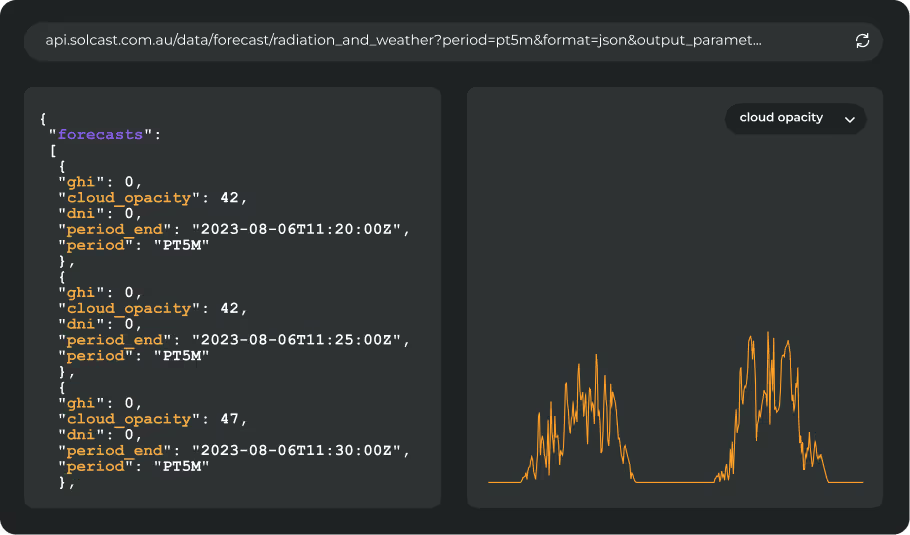Typhoon Yagi has caused a notable drop in solar production across Southeast Asia. The powerful Category 5 storm brought extreme weather conditions to the region, plunging irradiance levels far below climatological averages.
Solar production across key cities in Vietnam, China, and the Philippines dropped significantly, with some areas reporting their lowest irradiance days on record for September. The event underscores the impact of severe weather patterns on solar generation, particularly in a region vulnerable to tropical cyclones.
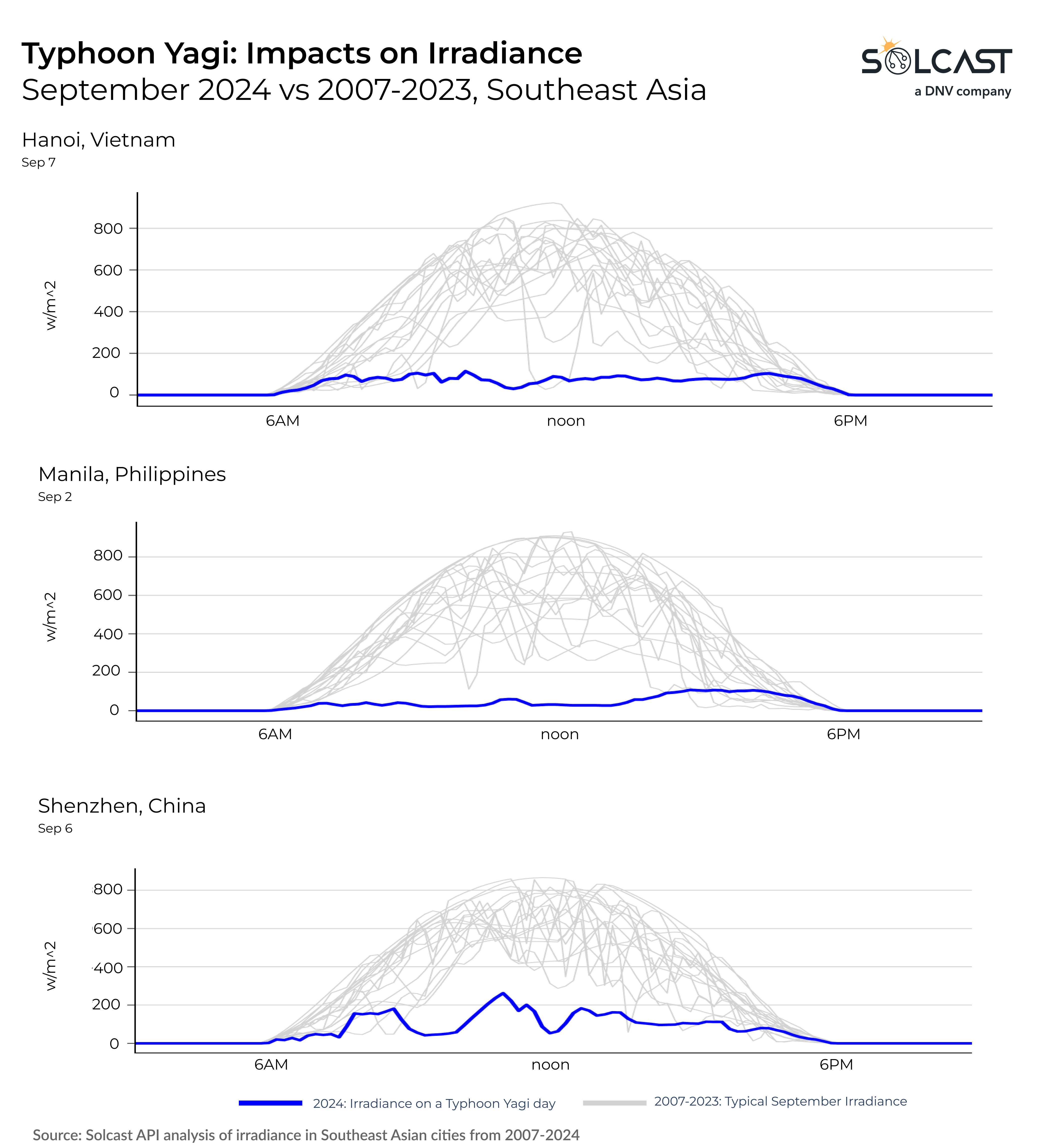
Solcast data shows that large cities in the path of the tropical cyclone, like Hanoi, Shenzhen and Manila, were heavily affected by Typhoon Yagi’s thick cloud cover and intense rainfall. Irradiance in these locations was drastically reduced compared to average September conditions, leading to unprecedented drops in solar output.
In the Philippines, the island of Luzon already endured record precipitation from the southwest monsoon early in September. Typhoon Yagi added further disruption, bringing even more rainfall and extending the period of low solar production. This has compounded challenges for solar assets across the region, as both cloud cover and heavy rainfall suppress generation potential.
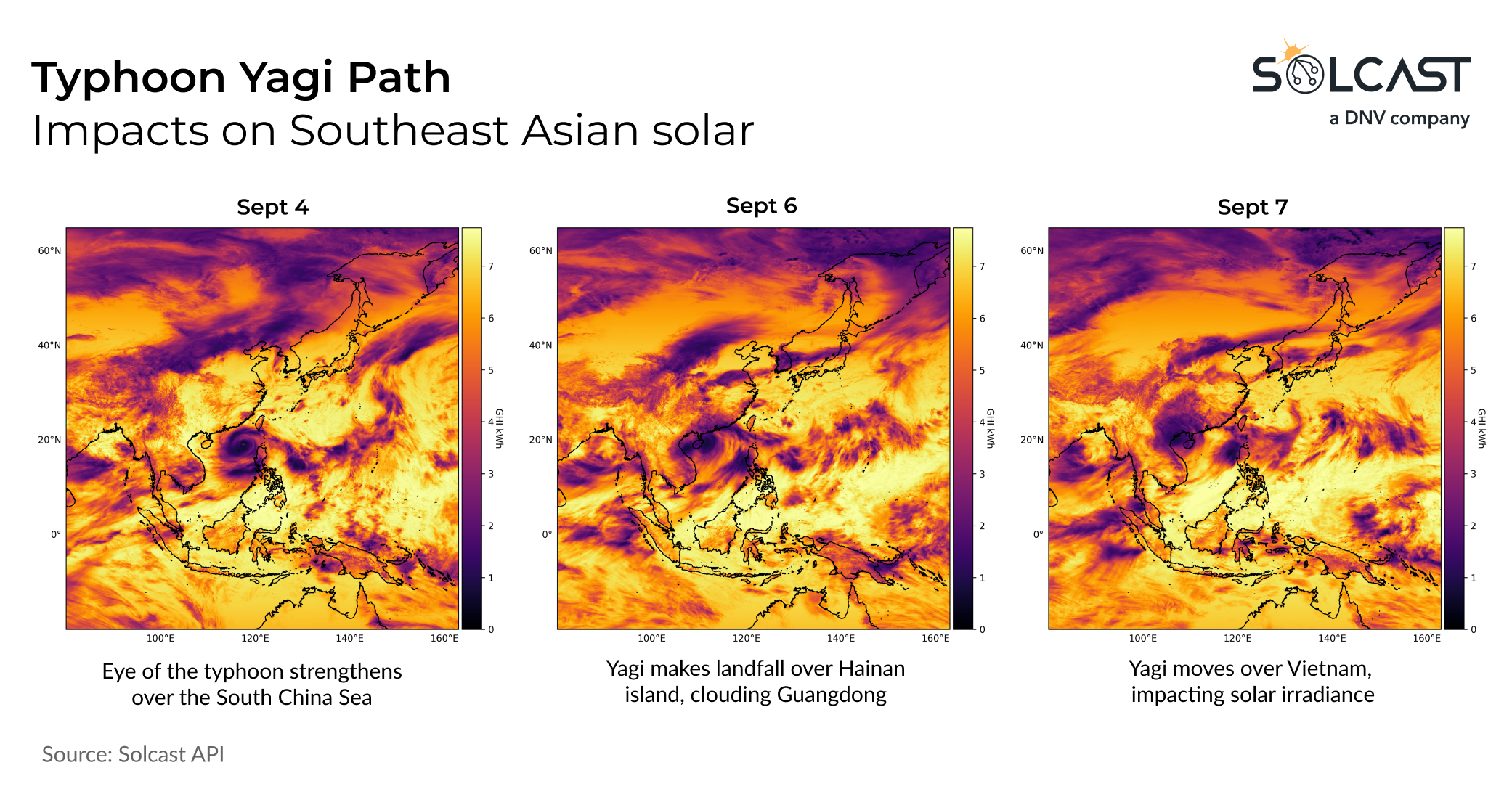
In addition to its impact on solar production, Typhoon Yagi has wreaked widespread destruction across Southeast Asia. Yagi is the first Category 5 typhoon of this season, and one of the strongest to hit the region in decades. Category 5 storms are rare in Southeast Asia, and Yagi’s track, which took it into northern Vietnam, is particularly unusual.

Most typhoons typically veer further east, but Yagi's western path brought devastation to countries including the Philippines, Vietnam, southern China, Laos, Thailand, and Myanmar. In Vietnam, the aftermath was especially severe, with days of relentless rain following the typhoon’s landfall, exacerbating flooding and further reducing solar output.
Track weather conditions, cloud movements, and irradiance-influencing factors that impact your solar generation. Access bankable actuals and accurate forecasts when you sign up for a Solcast API toolkit. You can reach out to our team for an extended trial.








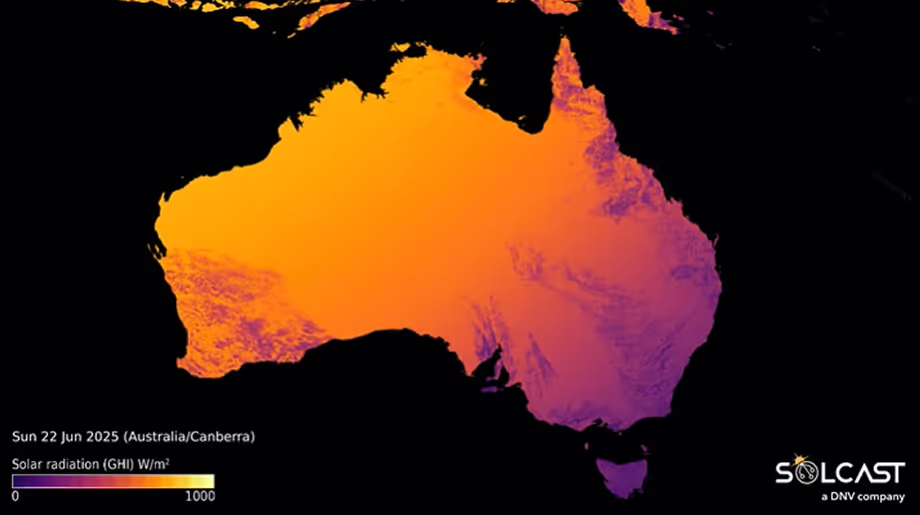
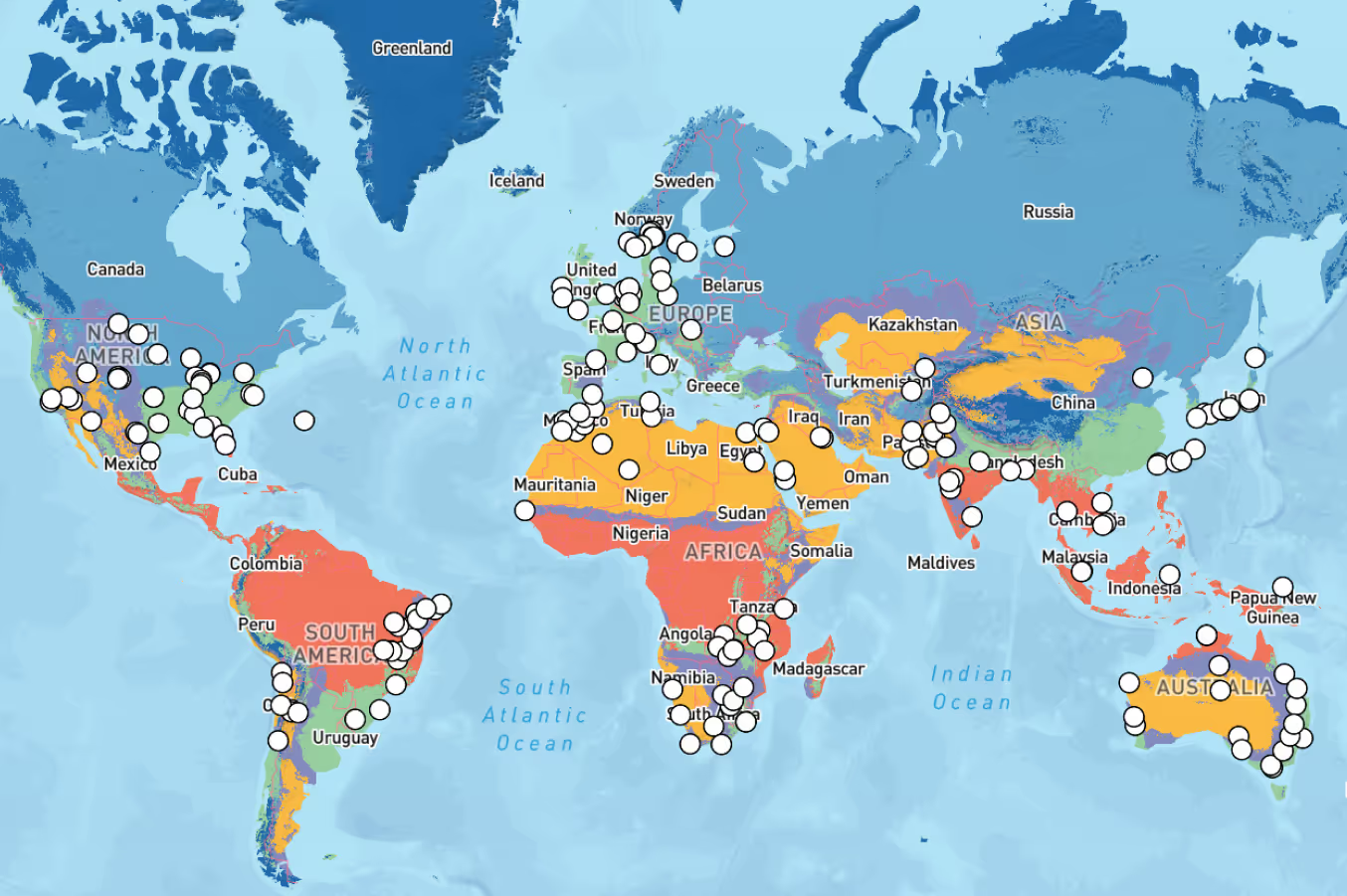
.avif)
